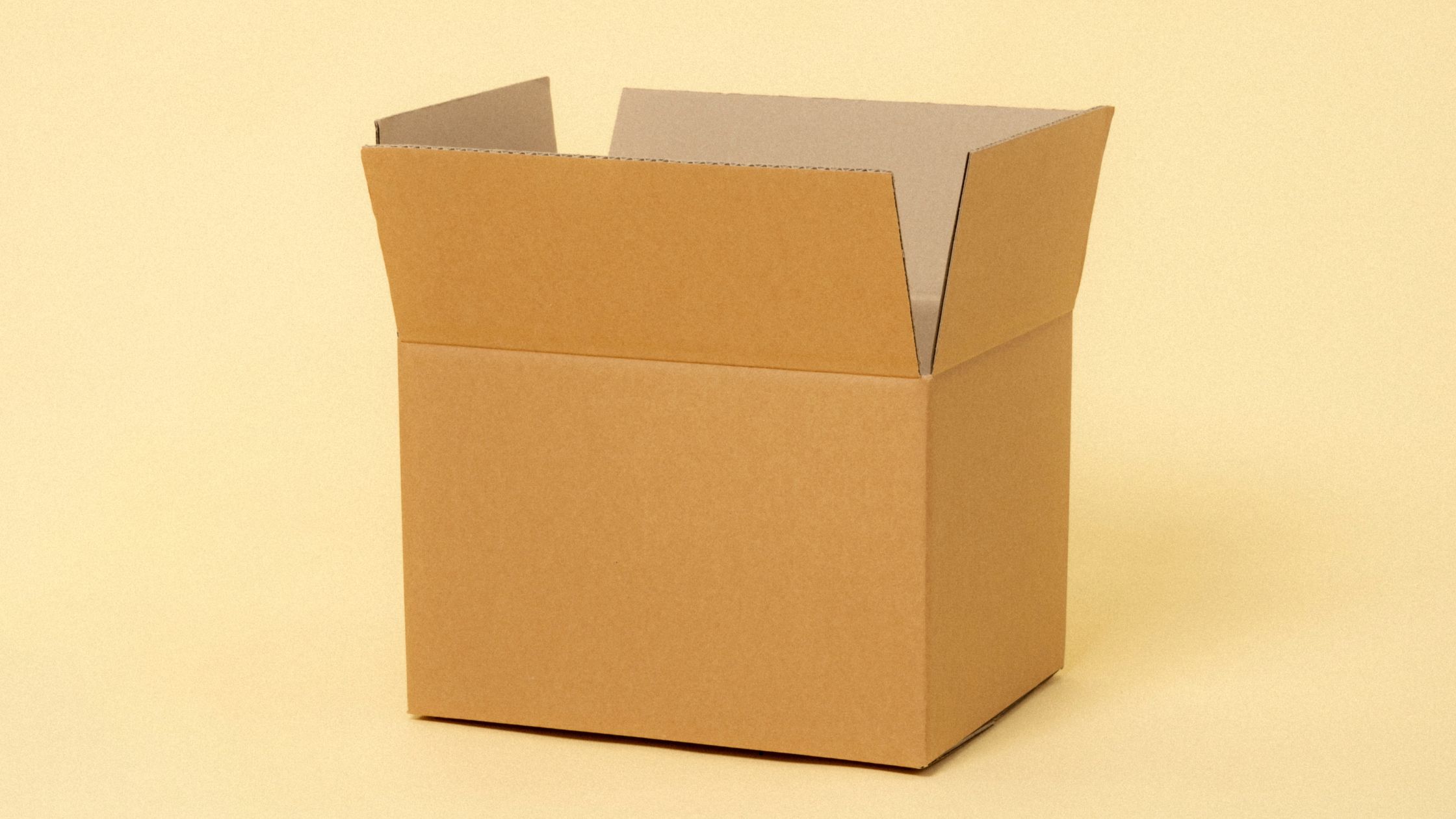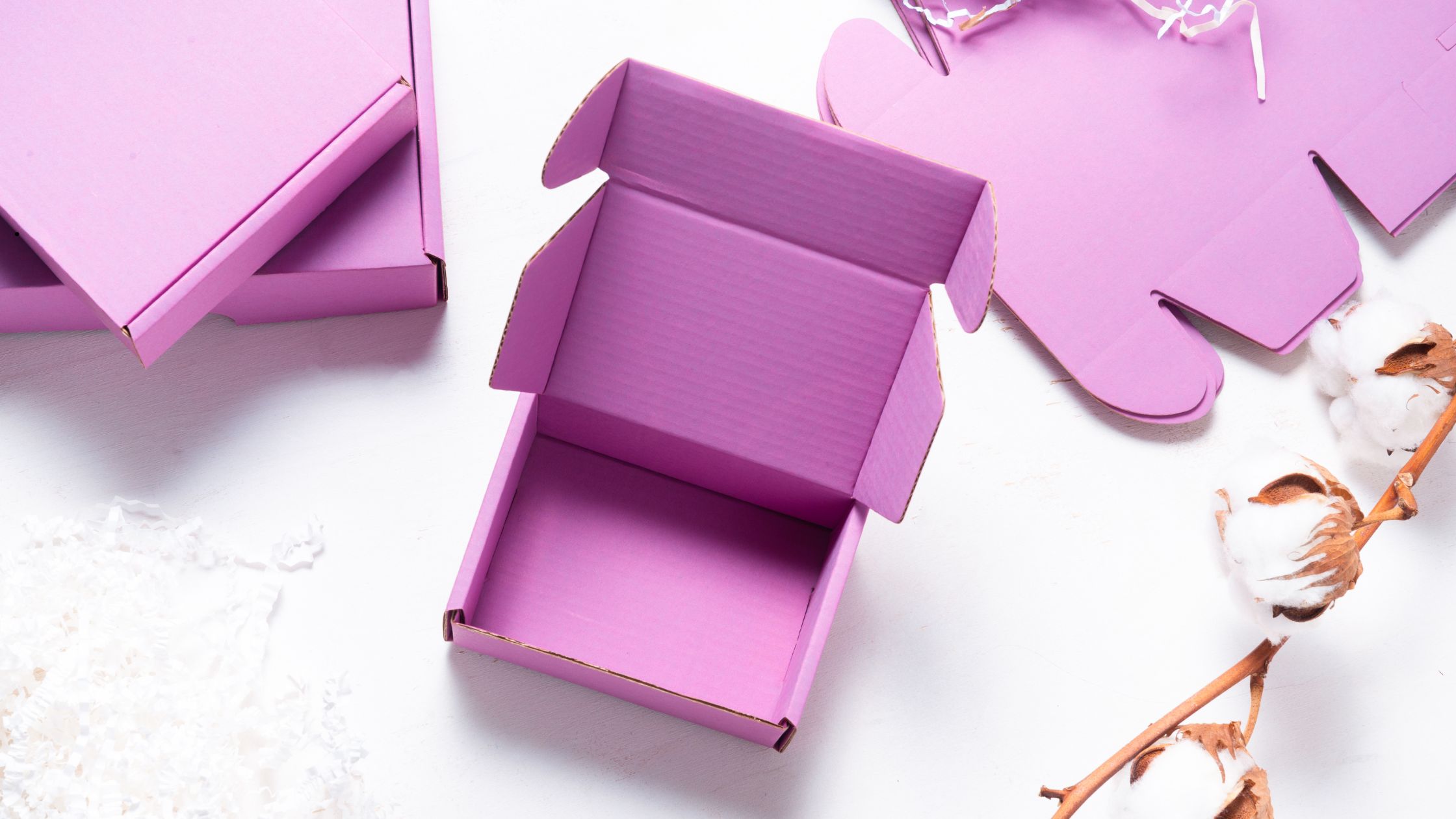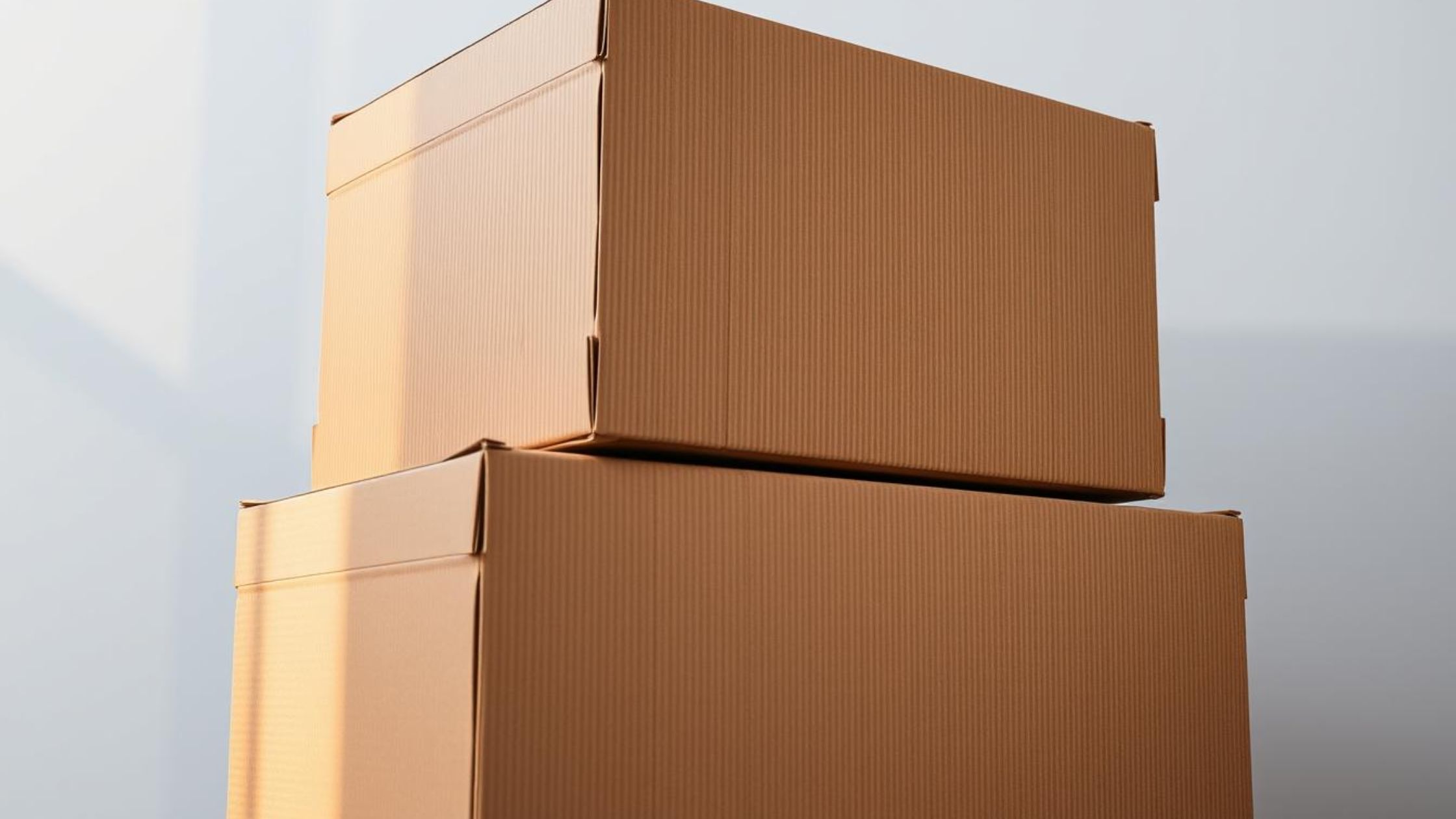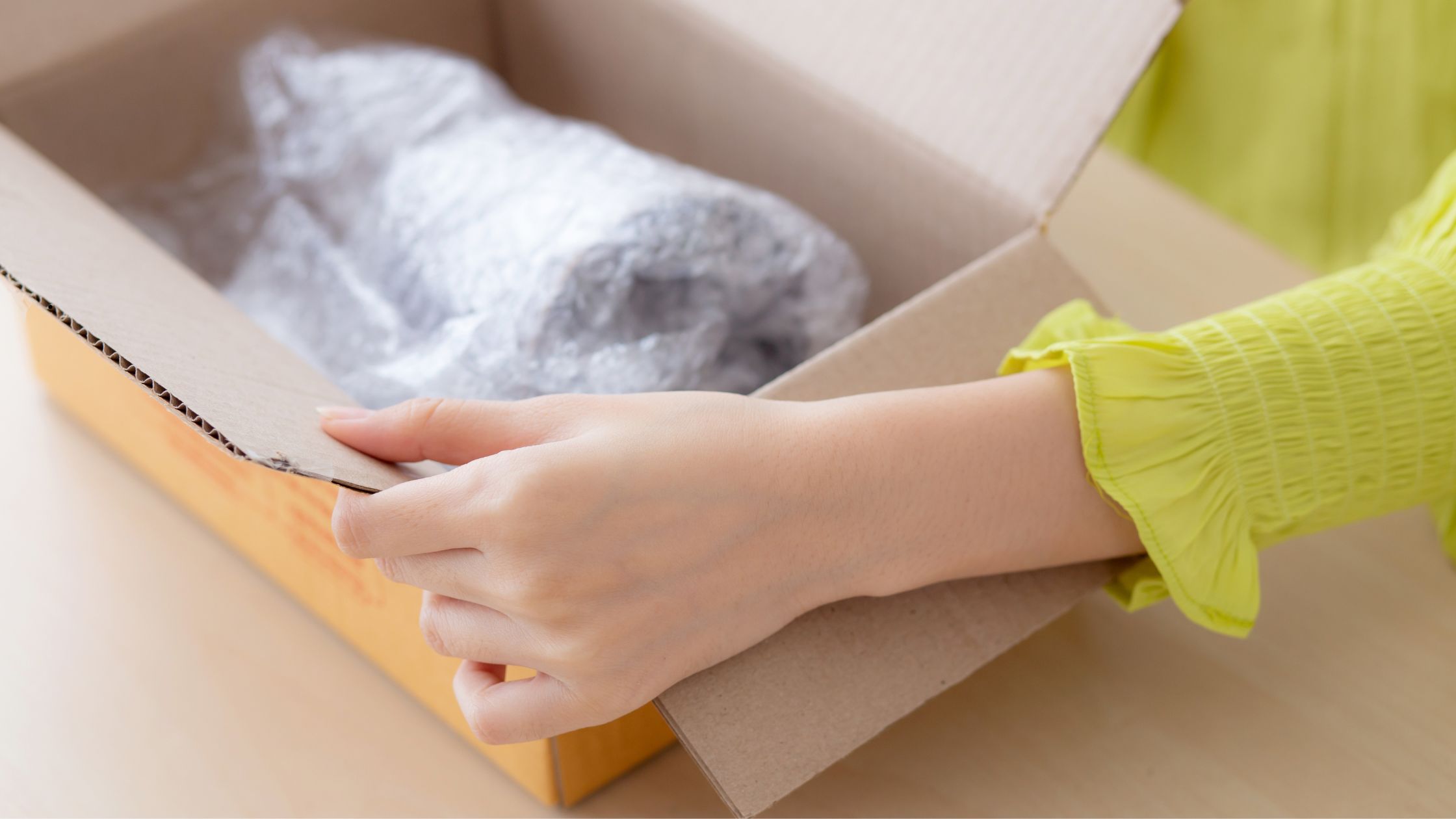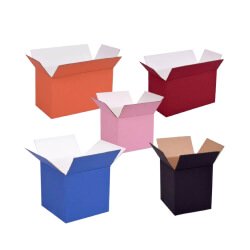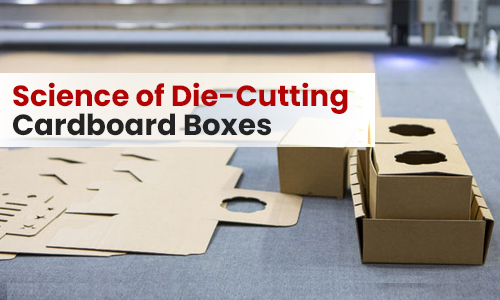
Science of Die-Cutting Cardboard Boxes
Die-cutting is a versatile and precise process that lies at the heart of cardboard box manufacturing. By using cutting-edge techniques and advanced machinery, die-cutting allows for the creation of intricate shapes, designs, and functional features in cardboard material. In this comprehensive article, we will delve deep into every aspect of die-cutting, exploring the process in detail, the intricate world of cutting die production, an array of die-cutting techniques, FEFCO corrugated packaging categories, and an extensive analysis of finishing options that beautifully complement die-cut box designs. Here are some of the details about the world of die-cutting cardboard boxes.
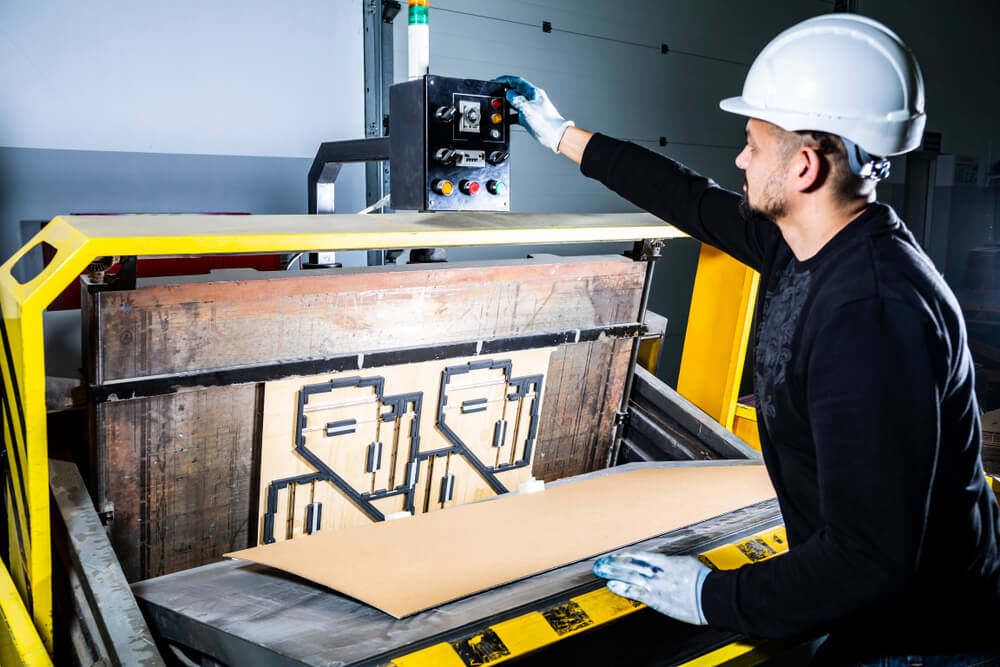
Unveiling the Die-Cutting Process
Die-cutting involves the use of a sharp steel blade, known as a cutting die, to accurately cut, shape, and score cardboard material. It enables the creation of precisely cut and scored cardboard sheets that can be folded and assembled into boxes of various sizes and shapes. The die-cutting process offers flexibility and customization, allowing for the incorporation of intricate patterns, perforations, and cutouts, resulting in visually appealing and unique packaging solutions.
Mastering the Craft of Cutting Die Production
The creation of a cutting die is a meticulous and precise craft that demands technical expertise and attention to detail. Let's explore the step-by-step process of making a cutting die:
Design Phase
A die maker translates the desired shape or design into a digital file using specialized software. This digital file serves as a blueprint for the die-cutting process.
Material Selection
The die maker carefully selects the appropriate material, typically a steel rule or laser-cutting plate, based on the complexity and requirements of the design.
Die Cutting and Shaping
The die-cutting machine, guided by the digital file, precisely cuts the desired shape into the chosen material. The cutting edge of the die is hardened to ensure durability.
Quality Control
The produced cutting die undergoes rigorous quality checks to ensure it meets the required standards for accuracy and durability.
Exploring a Spectrum of Die-Cutting Techniques
Die-cutting techniques vary depending on the complexity of the design and the desired functionality of the cardboard box. Let's delve into a diverse range of die-cutting techniques:
Through-Cutting
This technique involves cutting completely through the cardboard material, resulting in precise and clean shapes or designs.
Scoring
Scoring creates creases in the cardboard, making it easier to fold and assemble the box. This technique is essential for creating flaps, closures, or intricate folding patterns.
Perforating
Perforations are evenly spaced cuts made on the cardboard, enabling easy tearing or opening of the box. They are commonly used in packaging solutions that require tear-off sections or convenient access to the contents.
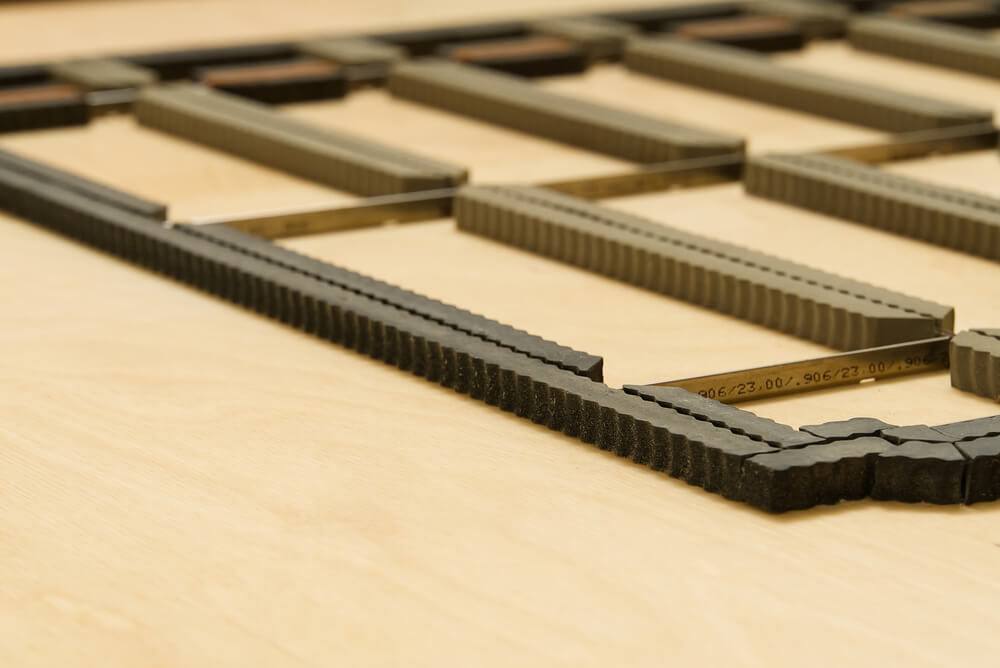
Embossing
Embossing involves pressing a pattern or design into the cardboard material, creating a raised or recessed effect. This technique adds a tactile and visual element, enhancing the overall appeal of the packaging.
Kiss-Cutting
Kiss-cutting involves cutting through the top layer of material without affecting the backing. This technique is commonly used for creating peel-off labels or adhesive-backed products.
Multi-Level Die-Cutting
Multi-level die-cutting incorporates different depths and layers within a single die-cut shape, allowing for added visual interest and dimensionality.
Nested Die-Cutting
Nested die-cutting involves cutting multiple shapes within one another, creating intricate designs, or revealing different layers of the material.
In-Depth Analysis of FEFCO Corrugated Packaging Categories
The FEFCO (European Federation of Corrugated Board Manufacturers) provides a standardized classification system for corrugated packaging. Understanding these categories can help identify specific box types. Let's explore some prominent FEFCO corrugated packaging categories:
Slotted Boxes (FEFCO 0200)
Slotted boxes have flaps on both ends and are widely used for shipping and storage purposes.
Folder-Type Boxes (FEFCO 0400)
Folder-type boxes consist of a single piece of cardboard that can be folded into a box. They are commonly employed for display purposes and gift packaging.
Telescope Boxes (FEFCO 0300)
Telescope boxes comprise a separate lid and base, offering enhanced protection and visually appealing design. They are frequently used for delicate or high-end products.
Die-Cut Boxes (FEFCO 0210)
Die-cut boxes are customized according to specific requirements, offering unique shapes, designs, and functionality. They are ideal for branding and product differentiation.
Tray-Type Boxes (FEFCO 0700)
Tray-type boxes have a single-piece design, with an open top and sides, allowing easy access to the contents. They are commonly used for storing or displaying products.
Enhancing Die-Cut Box Designs with Finishing Options
To further elevate the aesthetics and functionality of die-cut box designs, a plethora of finishing options can be employed. Let's explore a wide range of finishing techniques:
Lamination
Applying a thin layer of plastic film to the surface of the cardboard enhances durability, improves moisture resistance, and adds a premium look and feel to the packaging.
Foil Stamping
Foil stamping involves the application of metallic or holographic foil onto specific areas of the box, creating a striking visual impact and adding a touch of luxury.
Spot UV Varnishing
Spot UV varnishing selectively applies a glossy or matte coating to specific areas of the box, accentuating details and creating a contrast between the coated and uncoated areas.
Window Patching
By incorporating a transparent plastic window into the die-cut design, the contents of the box can be showcased, allowing consumers to have a glimpse of the product inside.
Embellishments
Various embellishments, such as ribbons, bows, or custom labels, can be added to die-cut boxes to further enhance their visual appeal and create a memorable unboxing experience.
Specialty Coatings
Specialty coatings, such as soft-touch or textured finishes, can be applied to create a tactile experience and differentiate the packaging from competitors.
Custom Printing
Advanced printing techniques, such as digital printing or lithography, can be employed to showcase intricate designs, vibrant colors, and precise branding elements on the die-cut boxes. Ucanpack also offers custom printing on almost all our boxes and paper products.
Conclusion
Mastering the art and science of die-cutting is essential for creating visually captivating and highly functional cardboard boxes. By understanding the die-cutting process, the intricate craft of cutting die production, a diverse range of die-cutting techniques, FEFCO corrugated packaging categories, and an array of finishing options, manufacturers can unleash their creativity and produce exceptional die-cut boxes. Through the possibilities offered by die-cutting, businesses can elevate their branding, differentiate their products, and deliver an unforgettable packaging experience to consumers. Embrace the world of die-cutting, where artistry and precision unite to shape the future of cardboard box manufacturing.







